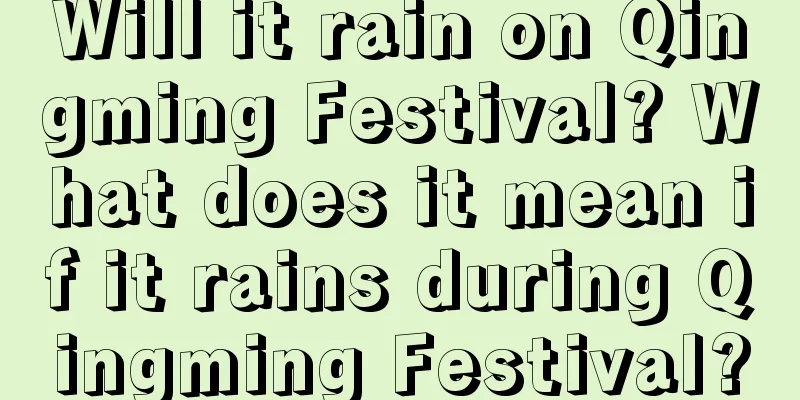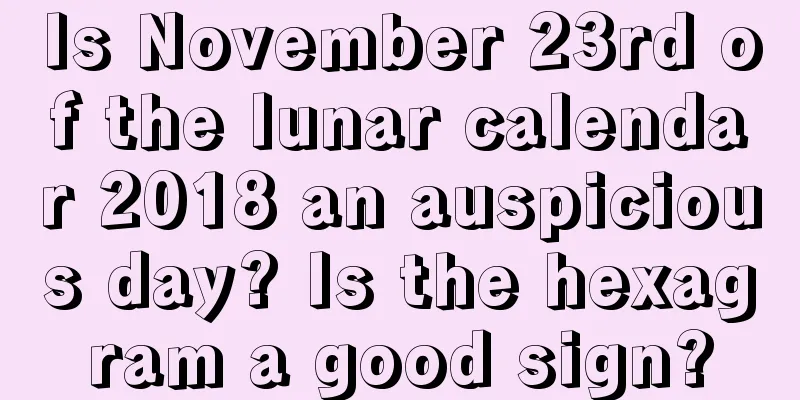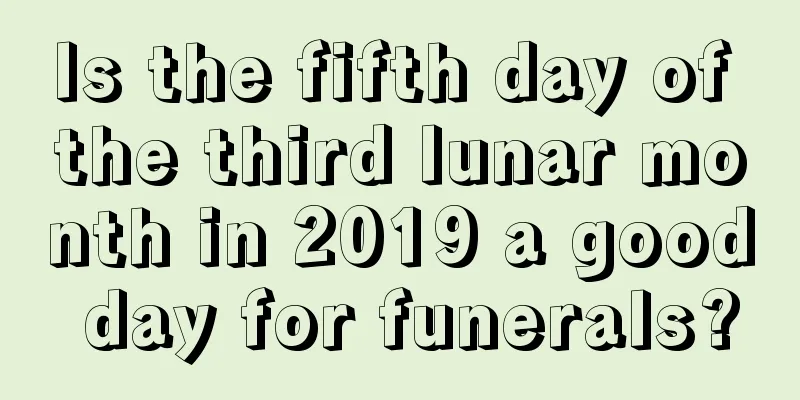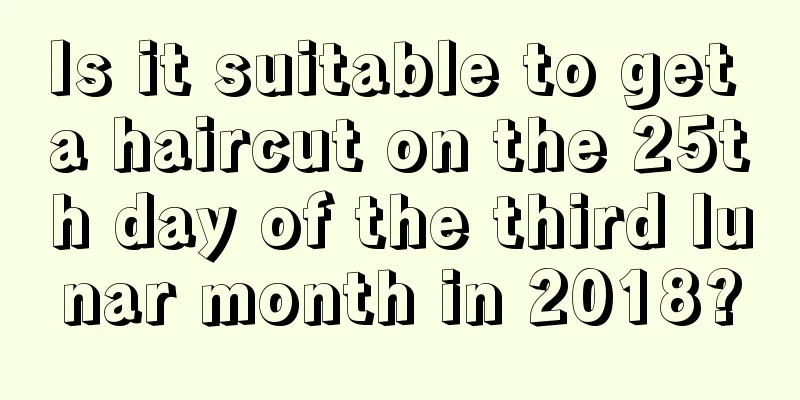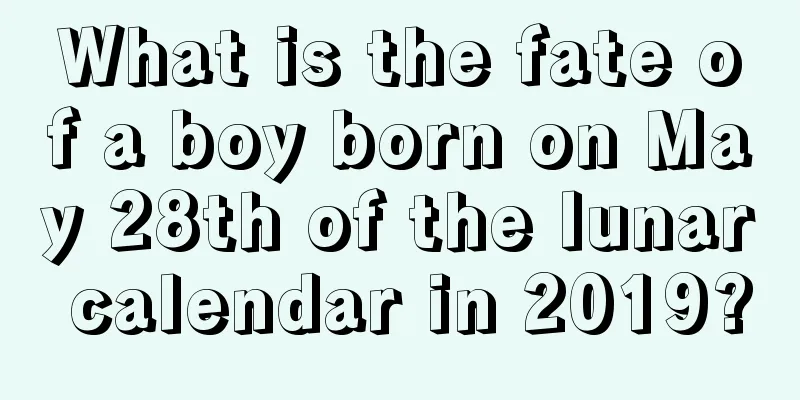What customs and practices are there during the Summer Solstice?
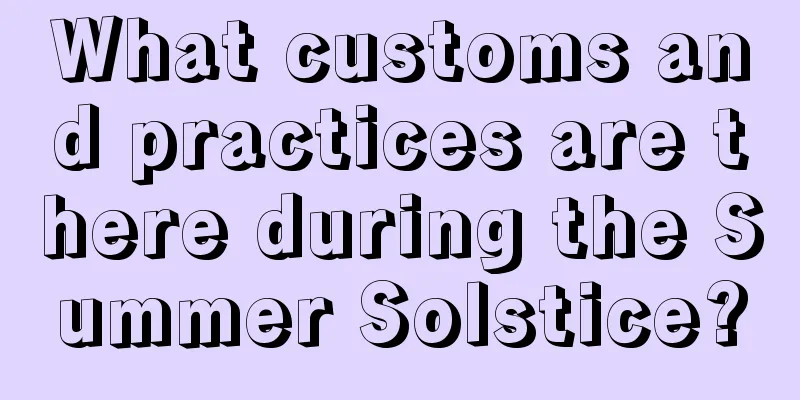
The summer solstice is the most prominent symbol of summer and the hottest day of summer. It is also the earliest solar term among the 24 solar terms. What are the customs and traditions of the summer solstice? The fifth month of the lunar calendar has the indecent names of Evil May and Poisonous May. So, are there some auspicious and unlucky days in the fifth month of the lunar calendar in 2018? Come and check it out with the fortune teller.Summer Solstice customs and practices:1. Worship gods and ancestors. The summer solstice is the time of wheat harvest. Since ancient times, there has been a custom of celebrating the harvest and worshiping ancestors at this time to pray for disaster relief and a good harvest. Therefore, the summer solstice was incorporated into the ancient rituals of worshiping gods as a festival. "The Book of Zhou: Spring Officials" states: "When the summer solstice comes, bring local animals and demons." In the Zhou Dynasty, offering sacrifices to gods at the summer solstice was meant to eliminate famine, hunger and death. The summer solstice falls after the wheat harvest, and farmers thank God for the good harvest and pray for "autumn rewards." Around the summer solstice, some places hold a grand "summer wheat harvest" ceremony, which is a remnant of the ancient "summer sacrifice" activity.2. To get rid of the summer heat and avoid the dog days, on the summer solstice, women give each other folding fans, cosmetics and other gifts. "Youyang Zazu? Liyi" records: "On the summer solstice, fans and powder and rouge bags are presented, and both have words." "Fan" is used to create wind; "powder and rouge" are used to apply on the body to disperse the turbid air generated by body heat and prevent prickly heat. In the imperial court, after the "summer solstice", the royal family would take out the ice that was "stored in winter for use in summer" to "cool off in summer and avoid the heat of summer". This practice began in the Zhou Dynasty and was followed by successive dynasties until it became an institutional system. 3. “Summer Solstice” Foods: “Wheat Zongzi” and “Summer Solstice Cake”: Jiangnan food customs generally include wheat Zongzi, glutinous rice dumplings, plums, wontons, noodle soup, etc. "Wujiang County Chronicles" records: "On the summer solstice, wheat dumplings are made and given to each other after the sacrifice is completed." People not only eat "wheat dumplings", but also give them as gifts to each other. On the summer solstice, farmers roll out dough into thin pancakes, bake them, and fill them with vegetables, bean pods, tofu, and bacon. They eat them after offering sacrifices to their ancestors. They are commonly called "summer solstice pancakes," or they are given to relatives and friends. Wontons at the Winter Solstice and Noodles at the Summer Solstice: Since ancient times, the Chinese people have had a saying "eat wontons at the Winter Solstice and noodles at the Summer Solstice". In the Jiangnan area, eating noodles at the Summer Solstice is an important custom in many areas. There is a saying among the people that "after eating noodles at the Summer Solstice, the day will be one line shorter." There are many varieties of noodles in the south, such as Yangchun noodles, dry soup noodles, shredded pork noodles, three fresh noodles, Guoqiao noodles and sesame oil cold noodles, while in the north there are noodles with gravy and noodles with soybean paste. "Because the new wheat has already arrived during the summer solstice, eating noodles during the summer solstice also means trying something new." Summer Solstice Introduction:During the summer solstice, the Big Dipper points to Yi. The sun's ecliptic longitude is 90°. When the sun is at the "summer solstice point" of 90° ecliptic longitude, the sunlight is almost directly above the Tropic of Cancer, and the sun is highest at noon in the Northern Hemisphere. This day is the day with the longest daylight and the shortest night in the northern hemisphere. From this day on, the hot season begins, and all things in the world grow most vigorously at this time. Therefore, in ancient times this day was called the Northward Day, meaning the day when the sun reaches its northernmost point. After the summer solstice, the sun gradually moves southward, and the days in the northern hemisphere become shorter and shorter, while the nights become longer and longer. |
<<: What does Summer Solstice mean? What’s the weather like during the summer solstice?
Recommend
What are the five elements corresponding to the fourth day of the first lunar month in 2021?
Introduction: The five elements corresponding to e...
What festival is on March 3rd of the lunar calendar in 2020? What is the origin
After February 2nd, many people are looking forwar...
Is it suitable to sign a contract on December 26th of the lunar calendar in 2020?
Is it suitable to sign a contract on December 26th...
Is the 23rd day of the 12th lunar month in 2019 a good day? Check the auspiciousness and inauspiciousness of the time of the 2020 Little New Year!
Introduction: Every day has good and bad luck, and...
Are people born on the night of Double Ninth Festival in 2020 good? Are people born on Double Ninth Festival easy to communicate with spirits?
Introduction: Children born on different days have...
How about the lunar May 24th in 2019? Is it a good day?
May is also known as the Pu month. The most prosp...
Is it a good time to repair the grave on the 17th day of the fifth lunar month in 2019? Analysis of the good and bad luck of today's time!
Introduction: In our country's traditional cus...
Is October 21st of the lunar calendar 2017 a good day? Is it suitable for burial?
People's lives pass by quickly, and they are g...
Is the 14th day of the eighth lunar month in 2022 suitable for praying? What are the auspicious times?
Although we may not always get everything we want,...
What are the auspicious days for weddings in the twelfth lunar month of 2018?
Marriage is a testimony of love. In traditional Ch...
Recommended auspicious days for opening business in September of the lunar calendar in 2020. What Feng Shui items should be placed in the new store to attract wealth?
Introduction: You also need to choose an auspiciou...
Is the seventh day of the second lunar month in 2020 an auspicious day for grave repair? Check and analyze the auspicious time on February 29!
Introduction: It is also necessary to choose an au...
What is the day before Qingming Festival in 2021? What does it mean to not celebrate the Qingming Festival?
I believe everyone has heard the saying that there...
What can’t you eat during the Lantern Festival? What to eat during the Lantern Festival? What is the meaning of eating glutinous rice balls?
Speaking of the Lantern Festival, I believe everyo...
Are people born on the Cold Clothes Festival in 2019 called Tiantai? What is the heavenly fetus?
Are people born on the Cold Clothes Festival in 20...



